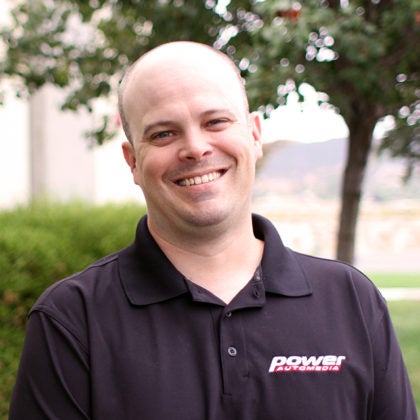There’s so much that goes into getting a Top Fuel dragster ready to make a run. Fans only get to see a small portion of that process at the track. We sat down with Josh Hart’s co-crew chief, Jason McCulloch, to learn just a little bit more about getting a nitro-powered dragster ready for a rip.
So much of the prep for a run begins before the hauler even leaves the shop. The team is going to look at the logbook for what track they’re running at. From there, they can start to build a plan for how they will set up the engine for the event and what parts they’ll need to bring. Every track is going to be different and require its own engine baseline setup before they even do a burnout.
Once the team is at the track, the crew chief needs to take on a new role: semi-professional meteorologist. Those weather stations you see on each rig aren’t to determine if it’s a good time to get a tan; they’re collecting key data the crew chief is going to use to make tuning calls. They might have to change what head gaskets they’re running to get a specific level of compression, or change what pistons are going into the engine to adjust for the atmospheric conditions.
Even when the car starts to roll to the staging lanes, there are changes that will be made before the run. The crew chief is going to work with his crew person, who monitors the condition of the track. Even a small change in the track temperature will require some adjustments to be made with the car, and that’s just the tip of the iceberg. The crew chief is going to be making adjustments literally until the driver puts the car in the beams and makes a pass.
Make sure you check out this video from the Dragzine YouTube channel and learn what a crew chief does before a pass.


















